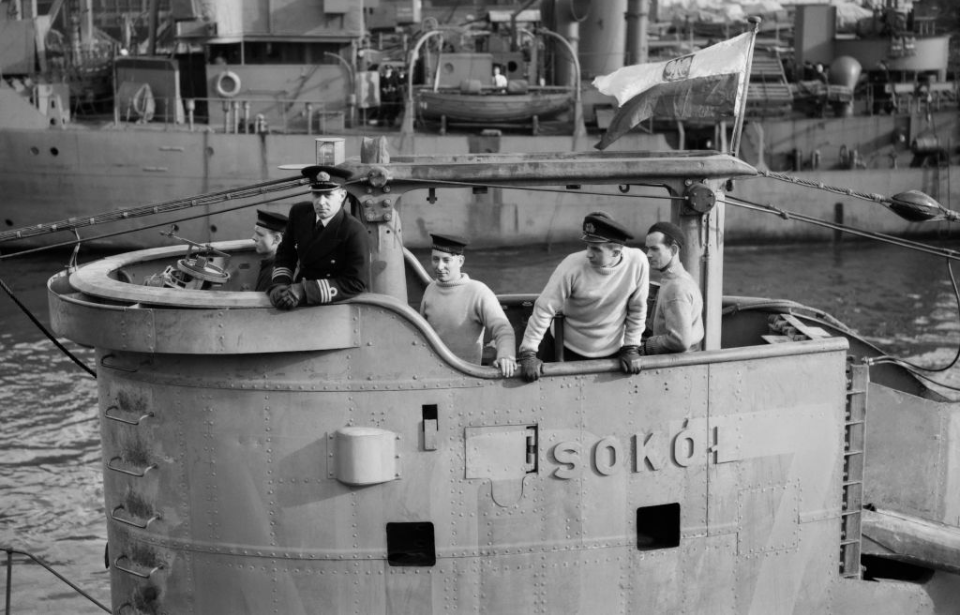The United States and United Kingdom were undoubtedly best known for their navies during the Second World War. There were, of course, others involved in the conflict, including the Polish Navy, who predominantly operated out of the UK. Two of their best- known vessels, the ORP Dzik and Sokół, were nicknamed the “Terrible Twins” for terrorizing enemy vessels.
The Terrible Twins were initially intended for the British Royal Navy
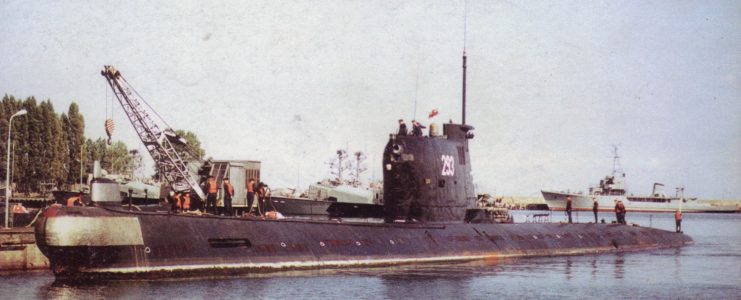
The Terrible Twins were intended for use by the British Royal Navy during World War II, but were, instead, transferred to the Polish Navy, who operated them until the end of the conflict. Sokół was launched in September 1940 and leased to Poland as part of the Anglo-Polish military alliance. She was commanded by Cmdr. Borys Karnicki, a graduate of the Polish Naval Academy.
Dzik was laid down in December 1941. She completed her sea trials with the British and was handed over to the Polish Navy after the loss of Jastrząb to friendly fire off the coast of Norway. The naval service had requested a replacement from the British, and Dzik was commissioned in December 1942.
The Terrible Twins were U-class submarines
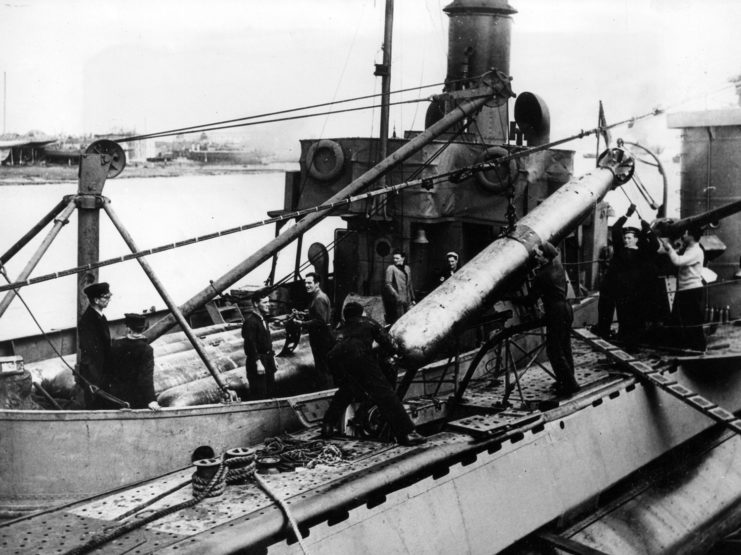
The Terrible Twins were two of 49 British U-class submarines and, as such, shared the same base design. The U-class was initially developed to replace the World War I-era H-class, but the decision was made to equip them for combat, should the need arise. As it turned out, they were extremely useful vessels during WWII, as they were small and easy to maneuver, particularly in the Mediterranean. They were also relatively cheap to build and quick to produce.
Although there were a handful of differences between the two, such as their crew size, much of their design was identical. These differences stemmed from the submarines being of different generations, Sokół as part of Group II and Dzik, in Group III.
In regard to their similarities, each was designed at a length of roughly 191 feet, with a total of six torpedo tubes, four internally at the bow and two externally. Each was also equipped with a single 76 mm anti-aircraft gun.
ORP Dzik
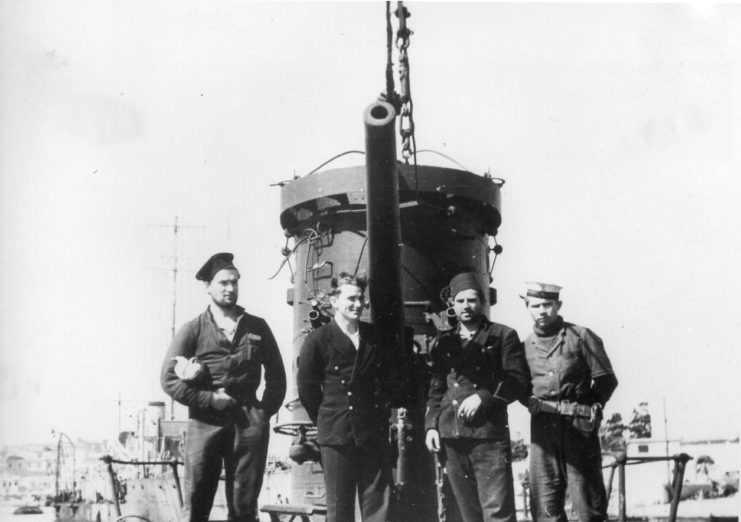
The ORP Dzik was heavily utilized during the Second World War, successfully taking out many enemy ships. On May 24, 1943, she attacked the Italian oil tanker Carnaro with four torpedos. In retaliation, two Italian corvettes dropped over 60 depth charges, but were unsuccessful in debilitating Dzik. She then went on to attack the German tanker Nikolaus and the Greek tugboat Kraft on September 21, 1943, sinking both.
On January 8, 1944, Dzik sank Eleni while sailing in Greek water. Her log book recorded that her crew didn’t think the schooner was even worth the use of a torpedo, so they surfaced and used their gun instead.
The submarine was also instrumental in Operation Husky, as well as in the defense of Malta. By the end of the war, Dzik‘s crew had sunk or damaged an estimated 18 German and Italian ships. She proudly flew the Jolly Roger, which indicated the types of operations she was involved in and the ships she’d destroyed.
At the end of the conflict, Poland returned Dzik to the Royal Navy. She was then sent to the Royal Danish Navy, who sailed her as the HDMS U-1 and, later, the HDMS Springeren. In April 1958, the Royal Navy got the submarine back and scrapped her.
ORP Sokół
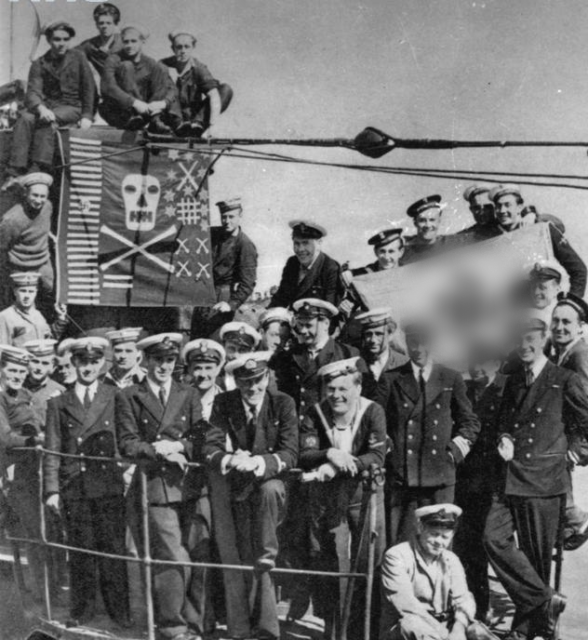
The ORP Sokół spent her early career on patrol duty in the Bay of Biscay, before being moved to the 10th Submarine Flotilla in Malta, where she participated in attacks against Naples and Taranto and served as an escort in the Mediterranean. On October 28, 1941, she damaged the Italian auxiliary cruiser Città di Palermo, her first victory, and sank the transport ship Balilla a few days later.
In a risky move, she sailed into the Italian port of Navarino, where she damaged the Italian destroyer Aviere, somehow avoiding attacks from enemy destroyers and tropedo boats during her escape and sinking another ship in the process. This was followed a few months later by the sinking of the Italian merchant schooner Giuseppina.
While stationed in Malta during 1942, Sokół was badly damaged by a German air raid and sent to the UK for repairs. She returned to Malta in the middle of 1943, where she remained until March 1944, continuing to attack enemy ships wherever possible – a rather successful endeavor on her part. Both of the Terrible Twins returned to the UK after their time in Malta, joining the 9th Submarine Flotilla for patrols off the coast of Norway.
Are you a fan of all things ships and submarines? If so, subscribe to our Daily Warships newsletter!
More from us: USS Pueblo (AGER-2): The Only Commissioned US Navy Ship Currently Held Captive
By the end of Sokół’s combat service, the submarine was credited with damaging 19 enemy vessels, and also flew the Jolly Roger. She was briefly used as a trainer for Royal Air Force (RAF) naval bombers, although it’s unclear whether this was while part of the Polish Navy or following her return to the Royal Navy. Ultimately, she went on to serve as the HMS Urchin until she was scrapped in 1949.
